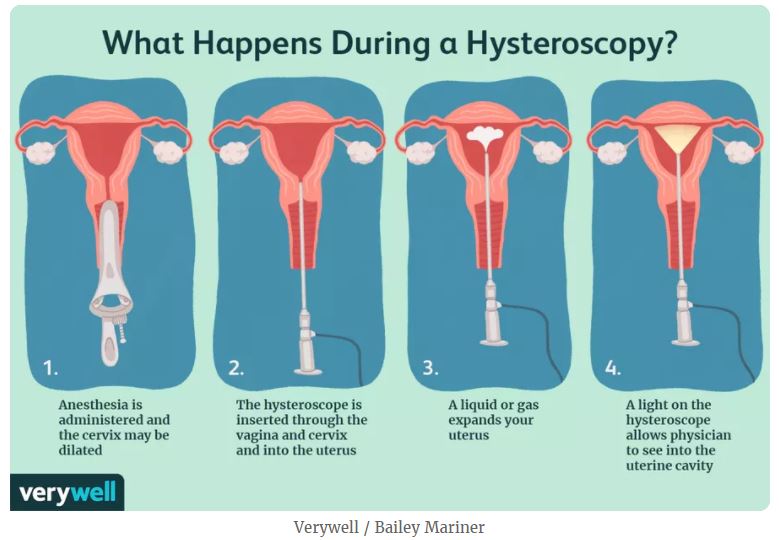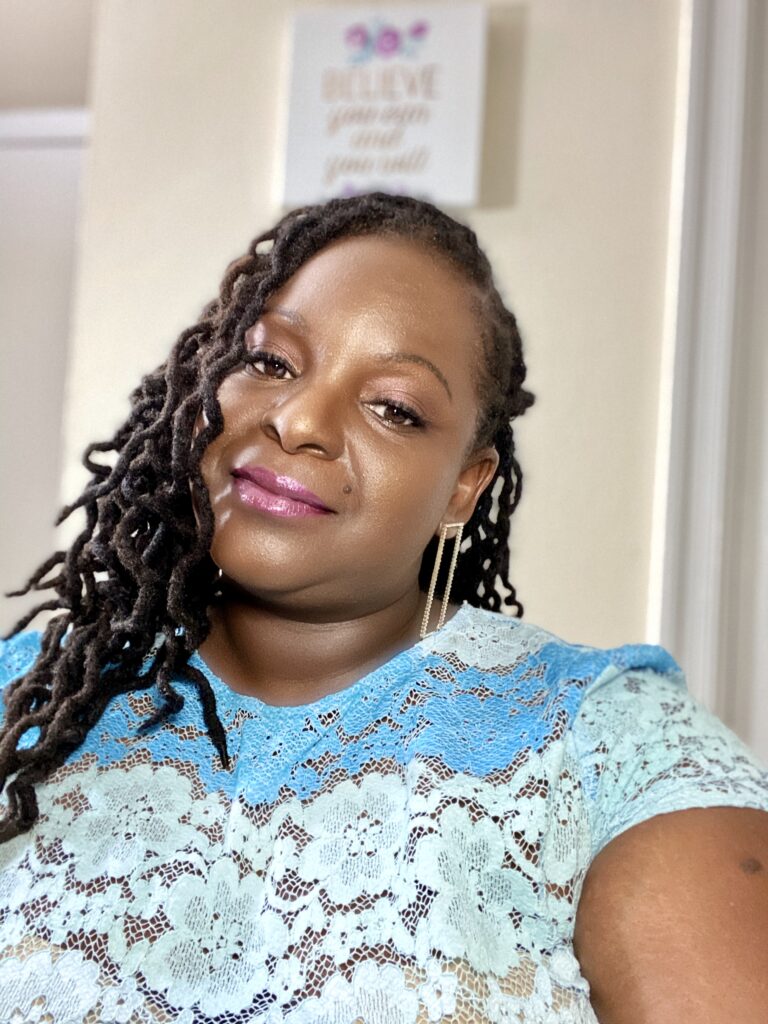A hysteroscopy is a minor surgery that allows the doctor to inspect the uterine cavity through the cervix to diagnose and treat abnormal bleeding. Thankfully no incisions are needed for this. This is an outpatient procedure that can be done in your doctor’s office or the hospital depending on what needs to be done at that time. This procedure is precise in the sense that it has to be done about a week and a half to two weeks after your menstrual cycle is complete. The reason for this is because the lining of your uterus is thinner after it sheds, which helps the doctor get a better view of what’s going on. If you have irregular cycles it can be tricky so talk it out with your doctor. Although the surgery doesn’t usually take that long—30-40 minutes, be sure to ask your doctor questions about what your procedure may entail because some people do need anesthesia. This was my case in 2016 when I had a hysteroscopy to remove the endometrial polyp in my uterus.
In preparation for this surgery, my doctor gave me a pill that I had to insert in my cervix in order to soften and dilate the area. This was done 24 hours before the procedure. You may feel some mild cramping or experience spotting as a side effect to the medication. Thankfully that was the most that I experienced with the pill. I’m unable to remember the name of the pill my doctor gave me but Misoprostol is one that is often used.
Once I got to the hospital the nurses prepped me for surgery, by starting an IV for fluids and an antibiotic was administered as well. Since I was getting the a polyp removed and the doctor was performing a D&C (Dilation and Curettage), general anesthesia was the best route for me. The D&C allowed my surgeon to not only remove the polyp, but scrape the lining of my uterus to run different tests for abnormalities. During the procedure, your uterus is filled with gas or fluid to expand the area for the doctor to can see as much of the uterine cavity as possible. A fiberoptic camera is also used to basically be the eyes of the doctor while navigating throughout the uterus.
Quick siting note: I’m excited about the image for this post tonight because it shows an amazing illustration of what to expect during a hysteroscopy. S/O to verywellhealth.com for this dope image.
Post op it’s important to follow the doctors instructions carefully. DO NOT lift anything heavy and make sure you get a lot of rest. They usually say after about a week you can return to normal activities but it’s always best to err on the side of cautions. Also if you do have to go under general anesthesia, be patient with yourself because it does take time for the medicine to get out of your system. I remember feeling like I had all this energy but then I would get waves of feeling drowsy and just fall asleep. So make sure to you listen to your body. If your body says, “girl go sit down somewhere and stop doing the most” then listen!
After about 2 weeks…the results were in. Thank God everything went well with the procedure and the pathology results came back negative, but there was a hormone imbalance detected within my uterus. My doctor also stated that the lining of my uterus is not thinning out the way it should after my period. Which is not good. She recommended me taking a oral progesterone medication to help with the hormone imbalance and bleeding. So I did for a few months in hopes it would continue to balance everything.
I felt like I was on top of the world again after my hysteroscopy! No birth control pills—kinda. I was still taking the progesterone pills but I didn’t have heavy bleeding, my periods were normal and regulated! I felt GREAT—until 7 months later when I had this huge blood clot come out during my period. The heavy periods started again and I’m thinking no freaking way this is happening again. I was traveling at the time but again, I made the best of it as I always do. When I got back, I went to the doctor and explained my symptoms were back. I was hoping for the best but deep down this was all too familiar and I knew what was going on. A fibroid grew back in the same spot where the endometrial polyp was removed. Peachy. Just freaking peachy. I was trying not to go under the knife again and was asking what my options were. Unfortunately, another form of birth control was suggested. I was so frustrated thinking what was next. I definitely was not expecting to experience the horror of these symptoms so quickly—I didn’t even think it was possible for that to happen. I stopped taking the progesterone pills about 4-5 months after my hysteroscopy but I don’t know if that was the reason this occurred. Next week I’ll discuss more about the hormonal birth control that I tried as an alternative to having a second surgery.
Until next time beautiful fam! Be blessed <3



